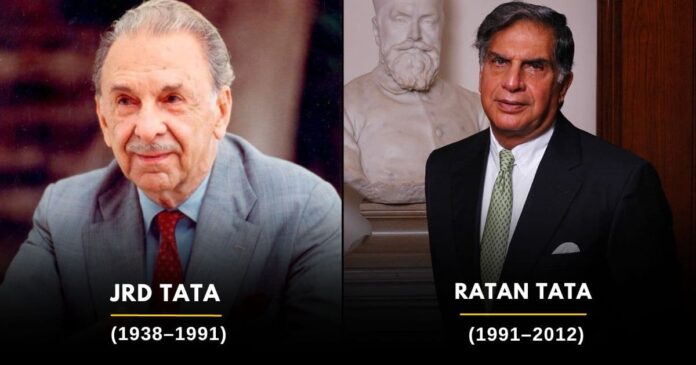
The legendary Tata group was established in the year 1868, 154 years ago. The group has expanded its business throughout the years into a number of different industries, including steel, IT, infrastructure, automotive, consumer and retail, financial services, aerospace, defence, tourism and travel, telecom and media, and trade and investment.
And only seven persons have had the honour of leading the Tata Group at various times in its 154-year history. Are you curious about who they are?
Here is a list of the leaders of the Tata group over the years, starting with Ratan Tata and ending with the late Cyrus Mistry.
1. Jamsetji Tata (1868–1904)
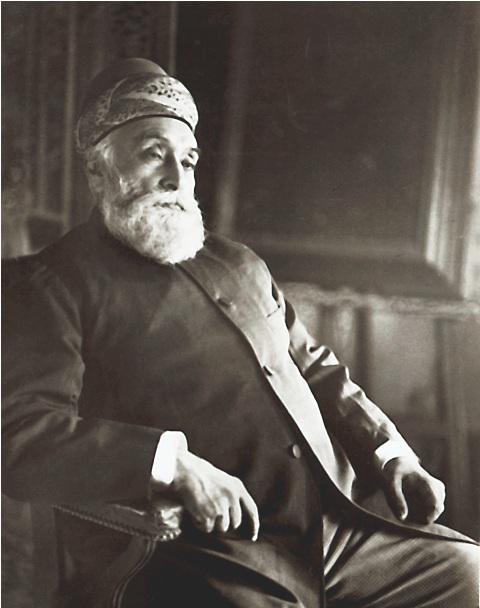
Jamsetji Tata, who was 29 years old when he began the Tata group as a textile mill in central India on March 3rd, 1839, was born in Navsari. His vision provided the impetus for India’s steel and power sectors, laid the groundwork for technical education, and enabled the nation to overtake others in the industrialised world.
Jamsetji was completely absorbed with what must have been his three greatest ambitions from roughly 1880 until his death in 1904: founding an iron and steel corporation, producing hydroelectric power, and establishing a prestigious university to educate Indians in the sciences.
2. Sir Dorabji Tata (1904–1932)
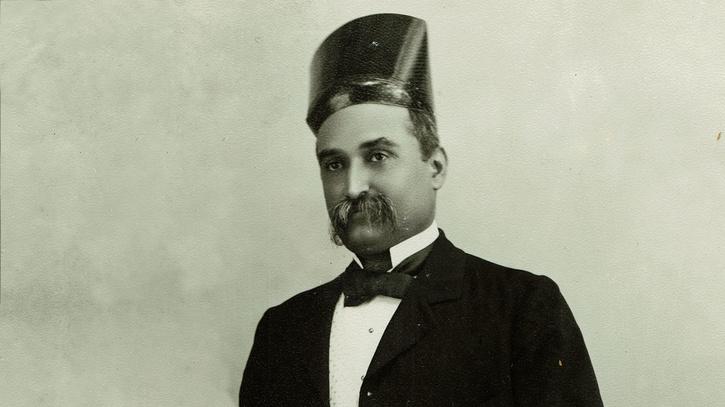
This older son of Jamsetji Tata played a crucial role in realising his father’s lofty aim by founding Tata Steel and Tata Power. Additionally, he established the Sir Dorabji Tata Trust, which is in charge of fostering the philanthropic legacy of the Tata family. He was responsible for turning the Tata Group into an industrial behemoth.
On August 27, 1859, he was born, giving his father, the Tata Group’s founder, 20 years to live. The steel business ran into problems in 1924, but Sir Dorab was so committed to his father’s vision and ideals that he risked his own riches to salvage it, according to the Tata website.
3. Nowroji Saklatwala (1932–1938)
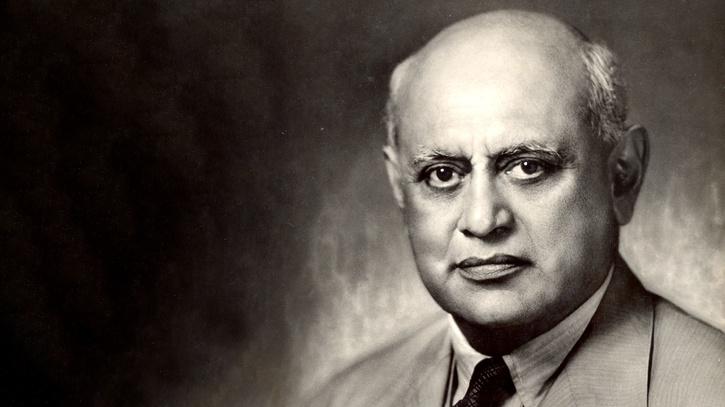
In 1932, Sir Dorabji Tata was succeeded as chairman of the Tata Group by Sir Nowroji Saklatvala. He was renowned for having a clear vision and prioritising employee well-being above everything else.
He was a dependable lieutenant for Sir Dorabji Tata and a fervent supporter of sports and labour rights. He was born on September 10, 1875, and came from a famous manufacturing family that worked both domestically and internationally. Sir Nowroji began working for Sir Jamsetji Tata in 1889 as an apprentice at one of the mills, earning Rs 50 a month despite being connected to him through his mother.
However, his superiors were so impressed by his mastery of the task, his application, and his comprehension of industrial dynamics that they invited him to lead the mill’s department a few years later.
As soon as word of Sir Nowroji’s sterling work in the mill’s division and his familiarity with the sector spread, he was appointed chairman of the Bombay Millowners’ Association in 1917.
He gained a reputation as a valued lieutenant within the Tata organisation as a person who put the group’s needs ahead of his own and was not averse to speaking his thoughts or taking on responsibility. The group’s future was subtly steered by Sir Nowroji, Sir Dorabji Tata, and RD Tata.
4. J. R. D. Tata (1938–1991)
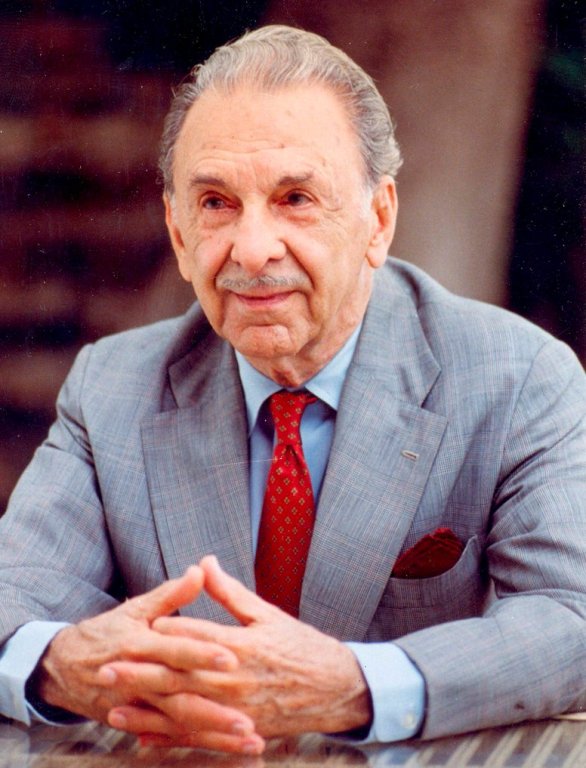
JRD Tata served as the chairman of the Tata group for the longest. When he founded Tata Airlines in 1932, he helped pioneer civil aviation on the Indian subcontinent. But JRD, who over a fifty-year period set the course for the Tata group, had a number of other ground-breaking successes as well.
According to Tata’s website, Jehangir Ratanji Dadabhoy Tata became a symbol of an elevated conception of Indianness: one that was progressive, charitable, moral, and compassionate. Both commoners and royalty knew of JRD.
He was born in Paris in 1904 to RD Tata and his French wife Sooni, who was Jamsetji Tata’s business associate and relative.
What many people don’t know is that JRD and his groundbreaking airmail trips served as inspiration for astronaut Kalpana Chawla, an Indian-born woman who tragically died in the Columbia space shuttle accident.
5. Ratan Tata (1991–2012)
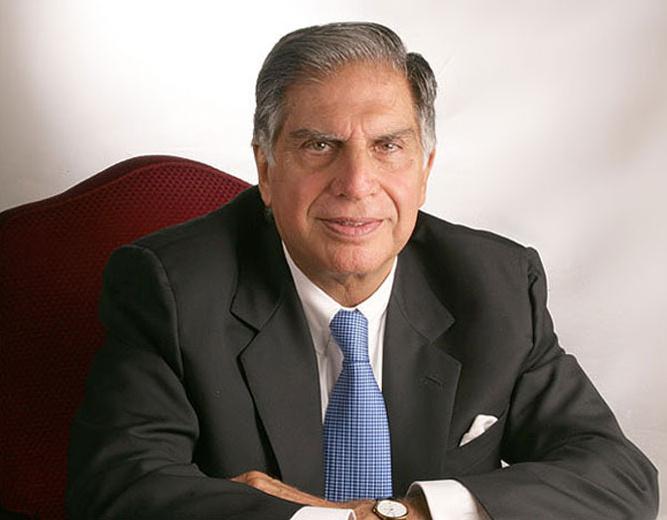
Chairman Emeritus Ratan Tata has led the Tata group into a new era as both a torchbearer and a transformer, and he has done it in his own unique way.
Ratan Naval Tata is admirable for a variety of reasons, but none more so than the manner he navigated the high tide of his life while serving as the head of the Tata company from 2007 to 2012.
Ratan Tata and his younger brother Jimmy, who were raised by their grandmother Navajbai R. Tata in a baroque mansion named Tata Palace in the heart of Bombay (now Mumbai), were born to Naval and Soonoo Tata on December 28, 1937.
It would be an understatement to suggest that Ratan Tata, who became chairman in March 1991, was filling large shoes. More than 30 years later, it is arguable without fear or favour that Mr. Tata changed the Tata group for the better in a more significant way than any of the great minds who oversaw its development since its founding in 1868.
Ratan Tata joined the Tata group in 1962 as an assistant at Tata Industries during the period of his employment prior to 1991. Later that year, he completed a six-month training programme at the Tata Engineering and Locomotive Company plant in Jamshedpur (now called Tata Motors).
He relocated to the Jamshedpur location of the Tata Iron and Steel Company, or Tisco (now known as Tata Steel), in 1963 to begin a training programme.
He then served as a resident representative for the Tata group in Australia starting in 1969 after being named technical officer in Tisco’s engineering division in 1965.
He went to India the following year, in 1970, and briefly worked for Tata Consultancy Services, a startup in the software industry at the time.
He was appointed director-in-charge of the struggling electronics company National Radio and Electronics (commonly known as Nelco) in 1971.
He then became a director on the board of Tata Sons in 1974, and the following year, in 1975, he finished the Advanced Management Program at Harvard Business School.
He was made chairman of Tata Industries six years later, in 1981, and started the process of turning the company into a supporter of high-tech companies.
Ratan Tata then served as chairman of Air India, the country’s flag airline, from 1986 to 1989. On March 25, 1991, he succeeded JRD Tata as chairman of Tata Sons and chairman of the Tata trusts.
He made significant choices between 1991 and 2012, including revamping the Tata group. the introduction of the Tata Nano, among other high-profile Tata purchases, include Tetley, Corus, Jaguar Land Rover, Brunner Mond, General Chemical Industrial Products, and Daewoo.
In the years 2016–2017, Ratan Tata reclaimed the position of Chairman for a brief while.
6. Cyrus Mistry (2012–2016)
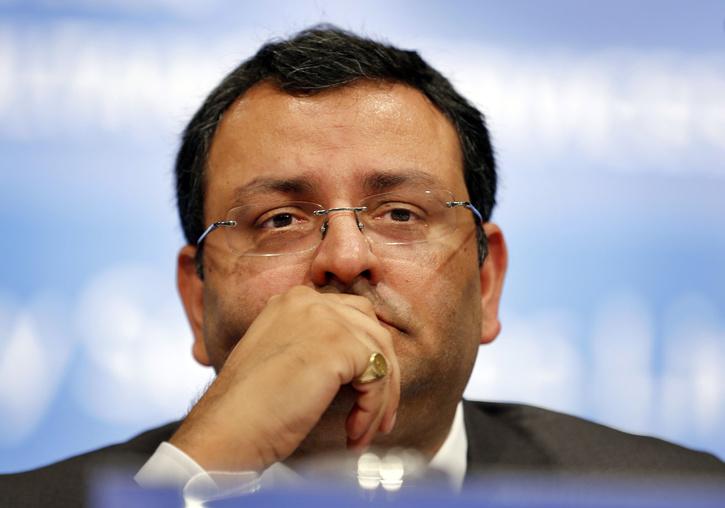
In 2012, Cyrus Mistry was named the sixth Chairman of Tata Sons. He was the second person outside the Tata family to lead the group and was only able to maintain the job for four years, one of the shortest tenures for a Tata group president. He was the son of Pallonji Mistry, owner of the Shapoorji Pallonji business and the largest stakeholder in the Tata group. On October 24, 2016, Cyrus Mistry lost his position as chairman of Tata Sons. On February 6, 2017, he lost his position as a director on the board of the holding company.
Up to the latter’s resignation as chairman of Tata Sons in October 2016, Mistry and Ratan Tata, from whom he had taken over leadership, were thought to get along well.
Sadly, Cyrus Mistry passed away in an automobile crash on September 4, 2022, in the Palghar district of Maharashtra, after his vehicle collided with a bridge divider.
7. N.Chandrasekaran (2017–present)
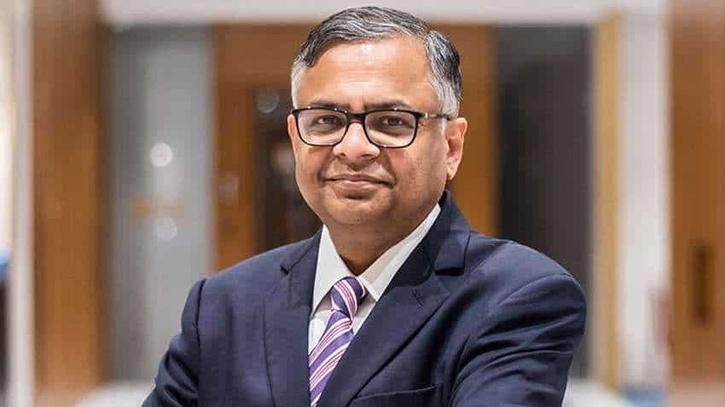
Natarajan Chandrasekaran, who was born in 1963, serves as the board chairman of Tata Sons, the holding company and promoter of the Tata group. In October 2016, he joined the Tata Sons board, and in January 2017, he was named chairman. Tata Consultancy Services (TCS), of which he served as chief executive from 2009 to 2017, Tata Consultancy Services (TCS), Tata Motors, Tata Power, Tata Global Beverages, Indian Hotels Company, and Tata Steel are among the other group operational firms whose boards he heads.
After a 30-year business career with TCS, which he joined out of university, he was appointed chairman. At TCS, Chandrasekaran worked his way up the ranks to become CEO and managing
Director of the premier IT solutions and consulting company in the world. According to Tata’s website, he is an enthusiastic long-distance marathon runner and an avid photographer.



